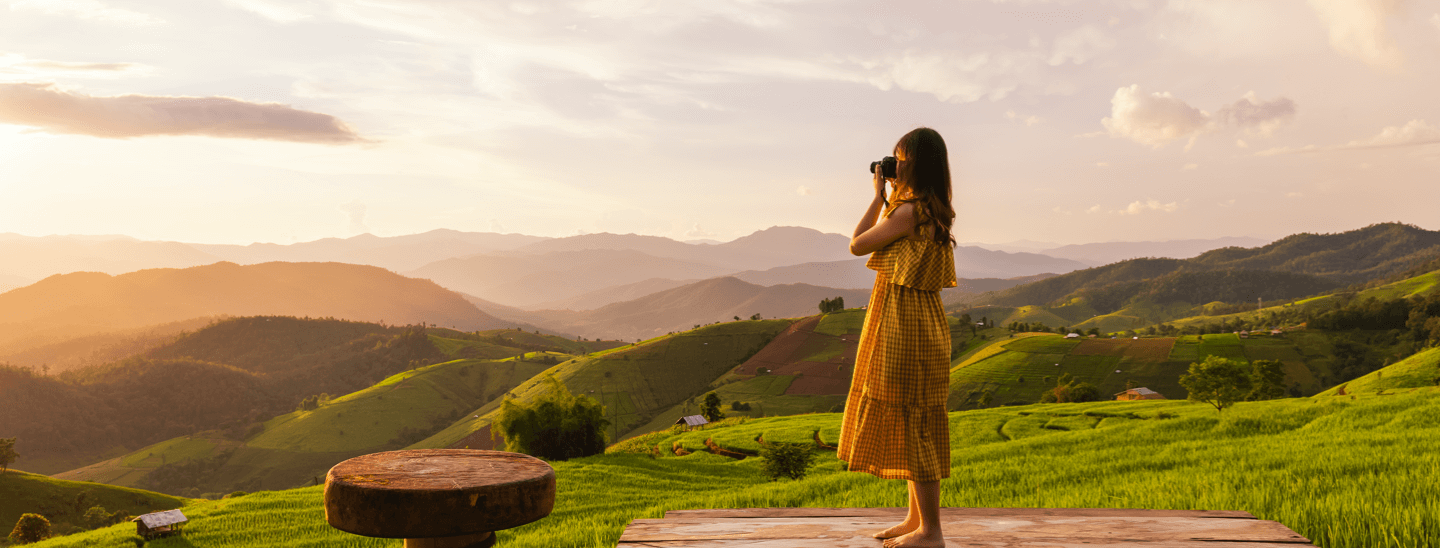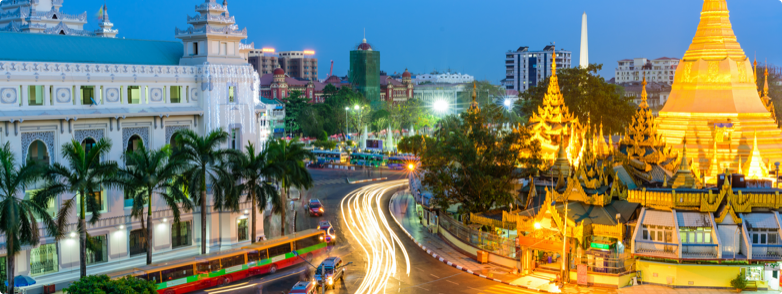
Yangon is the capital and gateway to Myanmar by both air and sea. It is located on the Yangon River and is 30 km from the sea. Its ancient name was Ocala. After the Shwedagon Pagoda was built to house the Sacred Hair of Gautama Buddha, given during His lifetime (more than 2,500 years ago), it became a popular pilgrimage center and was commonly called Dagon. When King Alaung Fayar, founder of the Konbaung dynasty, conquered Lower Myanmar in 1755, he renamed the city from Dagon to Yangon, meaning "End of Struggle." After Siriam (Tanglin), the refuge of the Portuguese, was destroyed by King Anak-Hpet-Lun, Yangon became an important seaport for domestic and foreign trade.
During the second Anglo-Myanmar War, which took place in 1852, Lower Myanmar was transferred to the possession of the British. They renamed Yangon Rangoon and from then on it became the seat of government. However, the historical capital of the Kingdom of Myanmar remained in Mandalay until 1885. The city of Rangoon was designed and implemented by Lieutenant Fraser of the British Corps of Engineers, who also designed the city plan for Singapore. Yangon's evergreen tropical trees, shady parks with beautiful flowers and lakes have earned it the name "Garden City of the East".
Yangon, meaning "End of Struggle" (also known as Rangoon since the British colonial era), has been dubbed the "Garden City of the East" due to its abundance of tropical trees, cool, shady parks and beautiful lakes. Despite the population of 5 million people, the city seems full, mainly due to trees and shadows, and in some areas you can even see the jungle.
When visiting Myanmar, you cannot miss the Shwedagon Pagoda. This sparkling, world-famous gilded pagoda is 99 meters high and surrounded by 64 stupas. It can be seen from all sides of the city. This majestic monument was built in the 18th century and is surrounded by an incredible array of statues, temples, shrines and pavilions. Kipling called the pagoda a "beautiful shimmering wonder" and, indeed, it is a magical place, especially at sunset. In Yangon, you'll also find the iconic Strand Hotel, the large reclining Buddha at Chaukhthatgyi Temple, and the tranquil Kandawgyi and Inya lakes.
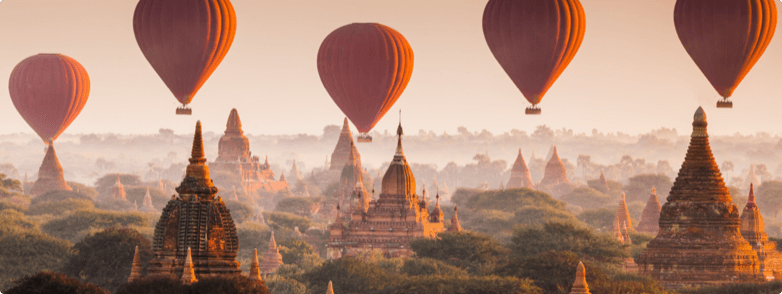
Bagan, located on the left bank of the Ayyarwady River in the land zone of central Myanmar, is one of the most popular historical sites in the country. The ancient monuments of Pagan cover an area of about 16 square miles. All buildings, of which there are more than 2200, were dedicated to Buddhism. The kings who reigned from the 11th to 13th centuries united the people of Pagan and laid the foundation for the management of social, economic and administrative systems that formed the basis of modern Myanmar.
Under their leadership, Bagan became a highly developed city of wealth and power. People from neighboring areas contributed to its prosperity. Bagan was a fortified city, temples and monasteries can be seen everywhere. These religious buildings are mostly just stupas and empty temples. Such a stupa usually has the shape of a bell-shaped dome, supported by a series of stepped terraces and decorated with finials. The spherical shapes of the elongated domes indicate their great antiquity, in contrast to the tall and slender structures of later periods. The temple is another predominant type of religious building in Pagan architecture.
Bagan is one of the main tourist attractions in Myanmar. Situated on the eastern bank of the Ayyarwadi River, it is also one of the richest archaeological sites in Asia. Bagan contains more than two thousand well-preserved stupas and temples from the 11th to 13th centuries and covers an area of more than 40 square kilometers.
-
Ananda Temple, built by King Kyansitta in 1090, is a masterpiece of early style temple architecture. Inside are four huge standing Buddha statues and a series of eighty relief images depicting the life of the Buddha. -
At over 66 meters high, That Binnyu Temple, built by King Alaungsithu in the mid-12th century, surpasses all other monuments, and its terrace offers a magnificent panorama of the Pagan plain. -
The 13th century Gubyaukgi (Vetki-in) Temple, with a spire reminiscent of the Mahabodhi Temple at Bodh Gaya in India, is famous for its wall paintings depicting scenes from the previous lives of the Buddha. -
Built by King Nadaungmya in 1211, the 50-meter-tall Htilominlo Temple is one of the largest temples in Bagan and is known for its exquisite stucco work. -
The massive Dhammayanga Temple, built by King Narathu in the 12th century, is the finest example of brickwork in Pagan. -
The Shwezigon Pagoda, built by King Anawratha, the founder of the first Myanmar Empire, and completed by King Kyansitta, was respected by subsequent kings and became the prototype for future Myanmar pagodas.
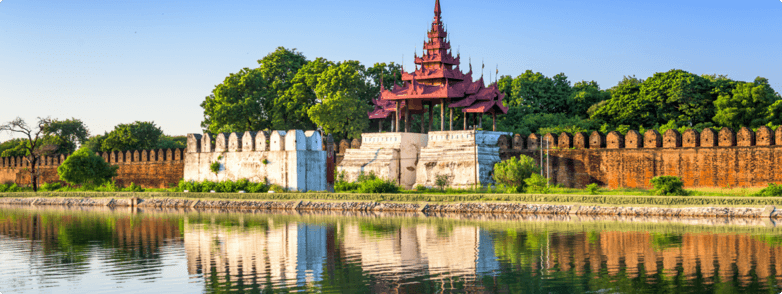
Mandalay is the largest Burmese cultural center among the cities of Myanmar. It was the last capital of Myanmar before British colonization and is the second largest city in the country. Mandalay is located at an altitude of 262 feet above sea level and was founded by King Mindon in 1856. The city was the royal capital of Myanmar's last monarchy.
However, it still retains its golden age splendor and is important as a cultural center. The city takes its name from Mandalay Hill, a 236-meter hill to the northeast of the palace. Most of the monuments, including the palace, palace walls, pagodas and monasteries, were built soon after the city was moved from Amarapura to modern Mandalay. The city was completely destroyed in the fierce fighting of World War II, including the royal palace. However, Mandalay's pride and glory were partially restored.
There are many interesting buildings of cultural and religious significance to be found here, as well as Buddhist monasteries with beautiful wood carvings and Myanmar construction. Mandalay is home to the finest traditions of Myanmar music and dance. Members of the Buddhist clergy, known as "Pongs" or monks from other places, come to Mandalay to study Buddhist texts.
Shwenandaw Kyaung is the only remaining building of the former moated palace on Mandalay Hill, with its ornate staircases, temples and stunning views. Ancient Rahain Buddha statue at Mahamuni Pagoda. You'll also find bustling markets selling goods from all over Upper Myanmar.
There are four “abandoned cities” nearby: Amarapura, Sagaing, Ava and Mingun. Mingun is perhaps the most attractive of them all; To visit this wonderful unfinished pagoda you will need to cross the river from Mandalay. It is also home to the famous 90-ton Mingun Bell, which is said to be the largest suspended bell in the world.
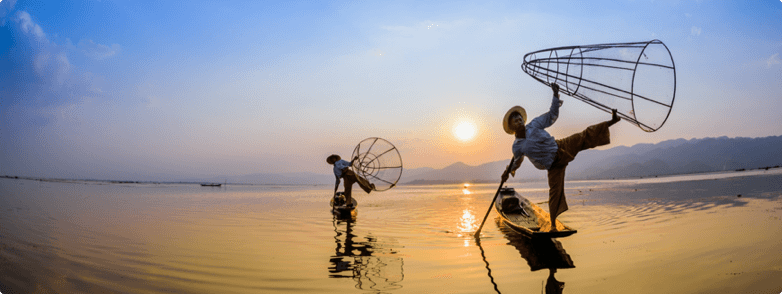
Inle Lake is a famous scenic spot in Shan State. The lake is 22.4 km long and 10.2 km wide, it is shallow and extremely beautiful. Inle is considered home to the Inta people, the famous "one leg rowers". They are distinguished by the skill of rowing with one leg wrapped around the length of the oar and the other holding the stern of the boat, maintaining perfect balance.
The people of Inta live and provide themselves with everything they need, relying on the lake. They build wooden or reed houses, standing on stilts and anchored on the surface of the lake, by driving piles into the lake bed. The earth itself is a floating island. Using their ingenuity, the Ints weave braids and place layers of clay, which they get from the bottom of the lake, on top of these braids, they create floating vegetable gardens with vegetables and flowers. The vegetable gardens are mounted on long bamboo poles and can be moved to different locations. Inle Lake is located among the smoky blue mountains, approximately 900 meters above sea level. There are more than 100 Buddhist shrines and monasteries in and around the lake.
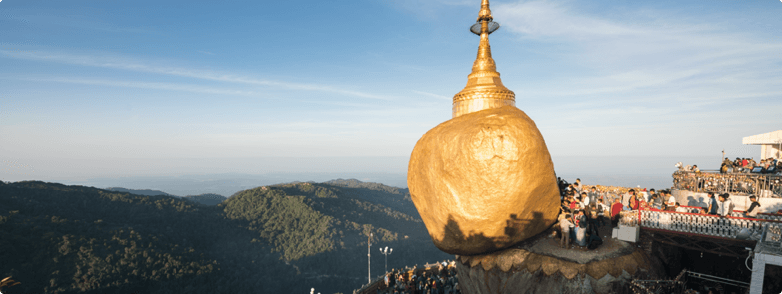
The Kyaiktiyo Pagoda rises on the edge of the Paunglaung mountain range in the Kyaiktiyo district of Mon State. It is one of the famous pagodas in Myanmar and is located at an altitude of approximately 3600 feet above sea level. The 15-foot tall pagoda sits on top of a huge granite boulder. A large boulder, shaped like a human head, about 50 feet in diameter, lies on the edge of the cliff. At first glance, it seems that the boulder could fall with the slightest impact.
Using a strip of bamboo as a lever, with a thread attached to one end and placed under a stone, the thread can be drawn down one side of the boulder, which shows that the boulder on which the pagoda stands does not touch the stone from below. The boulder, covered with gold by pilgrims, glitters brightly in the sunlight. Kyaiktiyo is located 160 kilometers from Yangon.
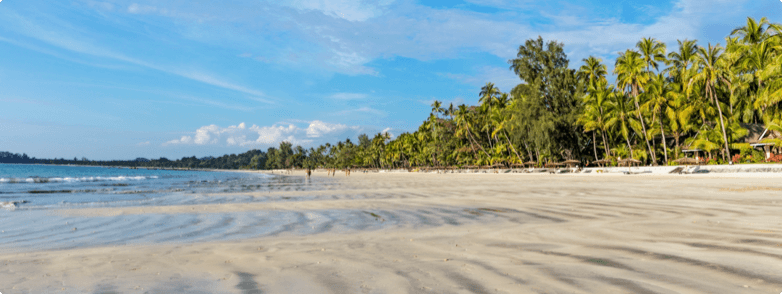
It is also called the Naples of the East. It is located on the Rakhine coast. Ngapali is one of the most beautiful beaches in Myanmar. The beach stretches for 3 kilometers with blue sea, white sand and swaying palm trees. It can be reached in half an hour from Yangon. By car the journey takes 14 hours through Pyay. There is an 18-hole golf course and a variety of hotels, ranging from the upscale Bay View Hotel and Sandoway Beach Resort to the standard Ngapali Beach and Silver Beach. For those who love sea, sand, sun, swimming and snorkeling, a visit to Ngapali is a must.

Chaung Tha Beach is located 42 kilometers west of Pathein, the administrative center. Unfortunately, there are no direct flights between Yangon and Chaung Tha. The journey by car from Yangon to Chaung Tha via Pathein takes 5 hours. Here you can find modern amenities in the beach resort bungalows. Pristine, deserted Chaung Ta Beach has white sand and clear blue water. This is one of the most beautiful places in the world.
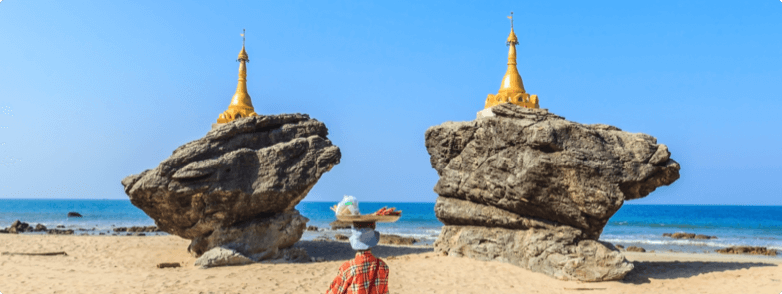
The long, pristine beach is 29 miles from Pathein. Ngwe Saung is located on the western coast of the country, overlooking the Bay of Bengal. Its banks are crowned with tall, green palm trees swaying in the wind. The beach stretches for 15 kilometers with white sand and blue sea. Here you can also rent a bungalow for relaxation. 

